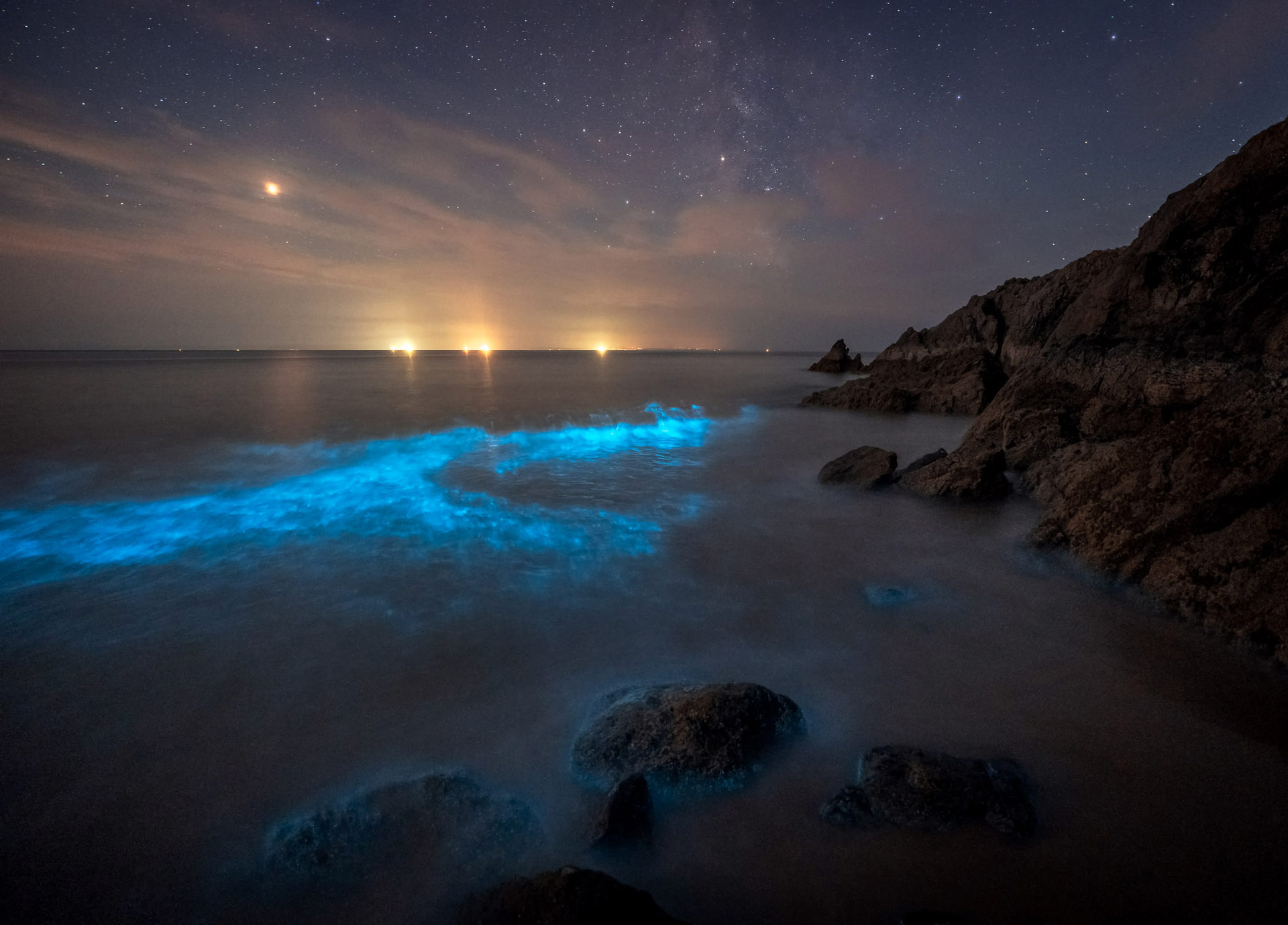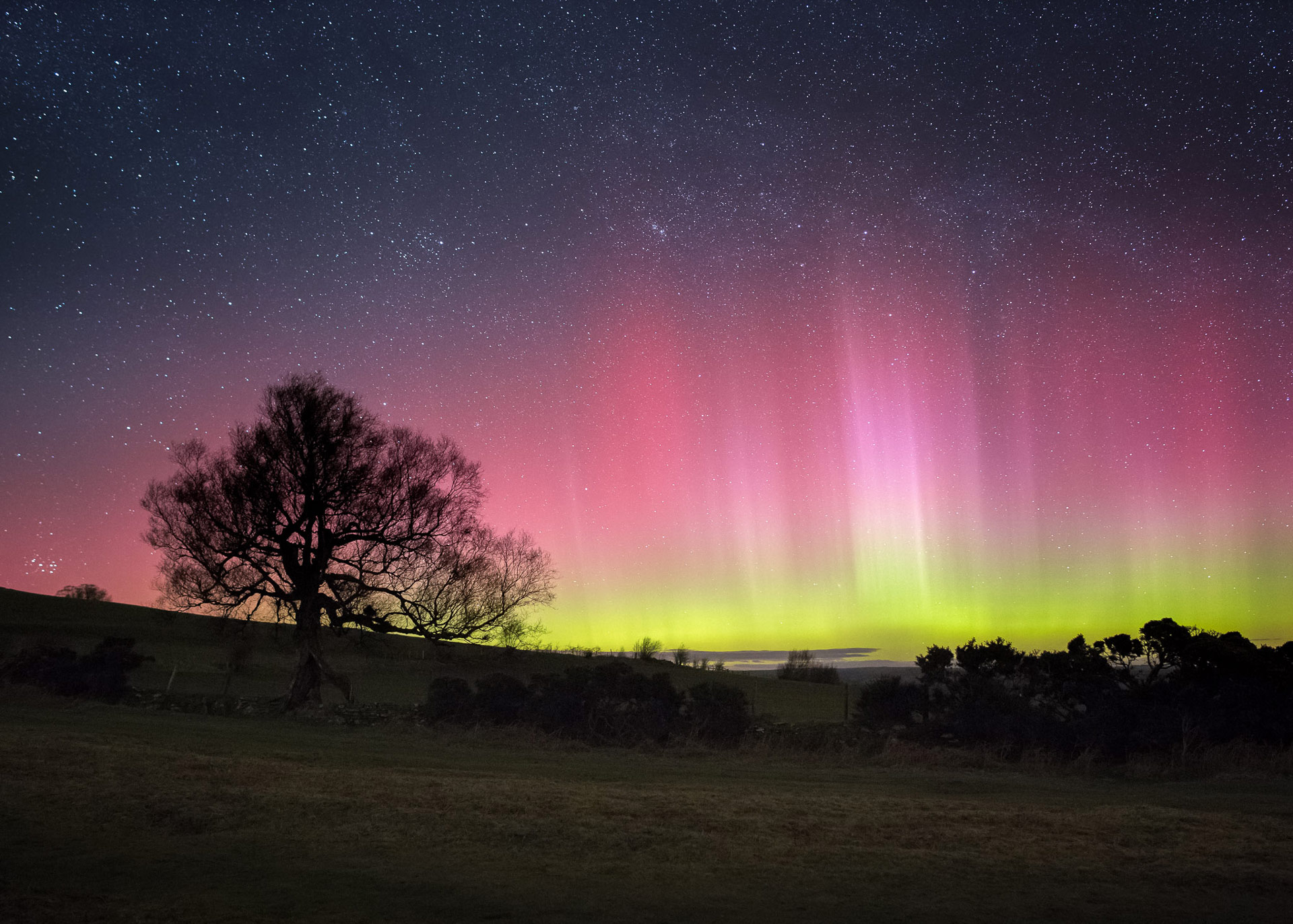Based near the Brecon Beacons Dark Sky Reserve in South Wales, Alyn Wallace is something of a master when it comes to night sky photography. Labelling himself an astro, landscape, and timelapse photographer, Alyn captures otherworldly imagery at times when most of us are tucked up in bed.
Wanting to learn a bit more about his processes, his favourite shots, his top tips for the craft and what it is that he thinks makes Wales such a special night sky photography destination we got in touch and asked him some questions. Here’s what he had to say.
How did you get into night sky photography?
I’ve always had an interest in space and the night sky and even studied physics and astronomy at Cardiff University. It wasn’t until I had my first job that I had the income to acquire my first DSLR and some suitable lenses and the final push for taking the plunge was a holiday I had booked to a dark sky region of Turkey during the Perseids meteor shower back in 2015.
“Living in Wales I had dark skies on my doorstep”
But, of course, living in Wales I had dark skies on my doorstep and would seize any opportunity with clear skies. I think the reason I became so obsessed was that I’d finally found something that could amalgamate all the things that I love doing. So the technical and mathematical aspect of photography and exposure, the ability to express myself artistically, my understanding of the night sky and also my love for the outdoors.

What are your top tips for shooting the night sky?
There are a few barriers to seeing a beautiful night sky that you always need to consider. First and foremost, clouds. Then, of course, the man-made light pollution and the final boss, the Moon. If there’s a big bright Moon then you won’t be able to see and photograph faint objects like the Milky Way and there will be less stars visible in the sky.
“It’s like being able to see a world that’s otherwise invisible”
Once you do get to experience a clear dark sky it can be quite overwhelming but a little knowledge in basic astronomy, how the night sky moves, and where and when you can expect to see things will go a long way. I post monthly “What’s in the Night Sky” videos giving a general overview of the night sky in the month ahead as well as any special events to note.
From a photography perspective it also takes a little while to “see” like a camera. When you take a long exposure, you collect a lot more light than you see with your naked eye and it’s like being able to see a world that’s otherwise invisible.

From an equipment point of view, what are the essentials do you think?
Sorry to state the obvious but firstly a camera and preferably one that allows you to change the lens as the lens will have a big influence. Wide angle lenses allow you to include a lot of the night sky as well as some foreground interest to give your images a sense of place or story. Another important aspect of the lens is a wide aperture, which will allow you to collect more light and create a brighter image with more detail.
“Smartphones are becoming ever more capable of capturing beautiful images”
Then you need a good sturdy tripod as your exposure times will be in the 10-30 second range, sometimes even multiple minutes, so you need your camera to be held nice and steady so that there is no camera shake and image blur. The final essential is a headtorch so that you can see what you’re doing and where you’re going.
All that said, even smartphones are becoming ever more capable of capturing beautiful images of the night sky. Huawei phones and the Google Pixel range in particularly are pretty mindblowing. Just pick up a little tripod and give it a go. You may find it to be a gateway into acquiring more professional gear.



